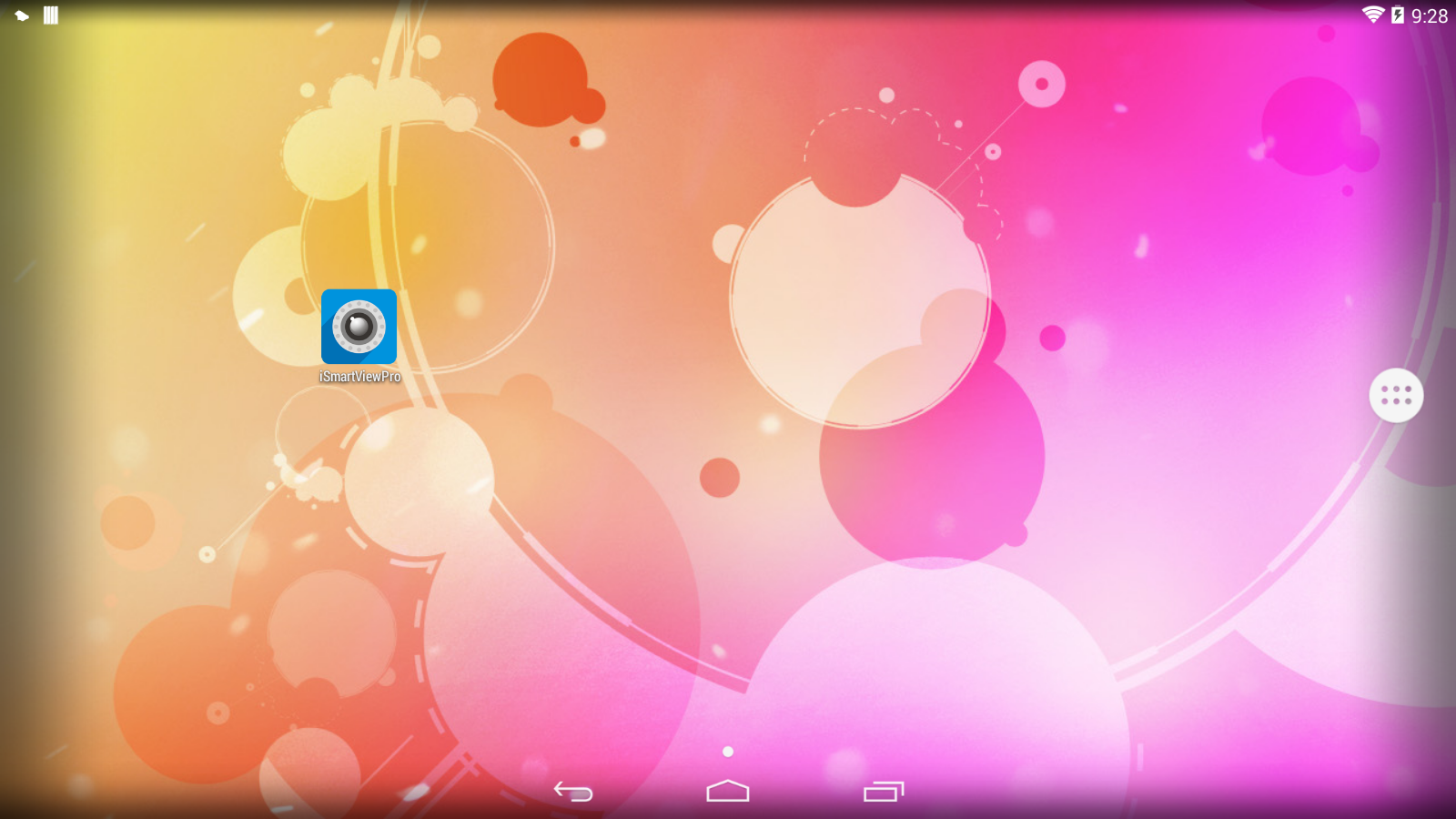
I recently got a Nabi Big 20 HD tablet to use as a camera viewer in a nursery at our church. The only problem was, when I turned it on, it kept giving me an error, stating that I had to hook up to the wifi, and that the FUHU servers had a problem. Essentially, since Fuhu went out of business, you can’t connect to the fuhu servers.
Since you can’t connect to the servers, setup can’t be completed, and this 20″ tablet became a 20″ paperweight. Obviously, that would not do, so I figured out how to use fastboot mode, TWRP, and the advanced file manager to delete the unneeded junk to make the tablet functional again. Below are my instructions, performed from a Linux computer. You could do this from Windows as well, if you download the right tools.
Before you begin, you will need the TWRP recovery image, which you can get from here: http://www.mediafire.com/folder/rul6liygr1rw3/Nabi_big_20_hd_tablet or from https://forum.xda-developers.com/android/development/recovery-nabi-bigtab-hd-20-t3035372
- Power off the tablet.
- Hold the volume up and power on buttons, and release them when you see the menu options.
NOTE: This is actually fastboot mode! - Perform an OEM unlock
alaskalinuxuser@alaskalinuxuser-OptiPlex-7010:~$ fastboot oem unlock
...
(bootloader) Showing Options on Display.
(bootloader) Use device keys for selection.
(bootloader) erasing userdata...
(bootloader) erasing userdata done
(bootloader) erasing cache...
(bootloader) erasing cache done
(bootloader) unlocking...
(bootloader) Bootloader is unlocked now.
OKAY [ 13.625s]
finished. total time: 13.625s
alaskalinuxuser@alaskalinuxuser-OptiPlex-7010:~$- After this it reboots and starts up again, so power off the tablet.
- Hold the volume up and power on buttons again, release them when you see the menu options.
NOTE: Once again, this is actually fastboot mode! - Flash the recovery image.
alaskalinuxuser@alaskalinuxuser-OptiPlex-7010:~/Downloads$ fastboot flash recovery recovery.img
target reported max download size of 643825664 bytes
sending 'recovery' (8646 KB)...
OKAY [ 0.313s]
writing 'recovery'...
OKAY [ 0.314s]
finished. total time: 0.627s
alaskalinuxuser@alaskalinuxuser-OptiPlex-7010:~/Downloads$ - From the still open menu, use the volume keys to scroll down to “recovery mode” and press the power button once to choose it. NOTE: it will show the NABI screen, then reboot into TWRP. Unfortunately, ADB does not work in this version of TWRP.
- Go to “Mount” and check “System” and then click to disable MTP.
- Press the home key or back key to get back to the main menu.
- Click “Advanced”.
- Click “file manager”.
- Scroll to “priv-app” and select it.
Click on each of these items and choose to delete them:
fuhu_addapps2.apk
fuhu_appzone2.apk
fuhu_drmmanagerservice.apk
fuhu_nabiaccountmanager.apk
fuhu_nabiupdater.apk
–Personally, I just deleted all “fuhu” apps in this folder, but I think you only need those ones.
Then in the “app” folder, delete all the fuhu apps. Yes, I’m pretty sure you need to delete all of these ones. - Select the home or back button to get to the main TWRP screen.
- Reboot to system.
- Enjoy!
NOTE: It should start up, and may go through the Google setup (if you never started it before), and then will drop you off in “parent mode”.
At this point, I recommend installing a regular launcher, such as Trebuchet, Apex launcher, Nova launcher, etc. I used Apex launcher personally, because you can “hide” unwanted apps, and I use it to hide the unwanted Nabi apps. You should be able to see the Chrome browser in the parent mode window, use that to download the apk for the launcher you want (or use the Google account if you set up an account).
Once a launcher is installed, press the home key, and choose to always use the launcher you installed. You can now use this tablet as a regular Android tablet.
TWRP does have the option to install SuperSU and root the device. That’s completely up to you. Kingo Root also works incredibly well on this tablet. It will be stuck on Android 4.4.2, so it is a little outdated, but seems to work rather well. It was designed for gaming, so it is pretty powerful for as old as it is.
Linux – keep it simple.
Thanks for this info!
Would it work with the Dream Tab too?
Maybe its possible to make a custom OS since it can be rooted.
Also, maybe its possible to register the domain, just enough to set the servers to validate the activation.
You could possibly fake the domain on a closed network, e.g., hook up to your own home wifi that is not connected to the internet and self host such a domain, but you would need to host whatever it searches for on that domain as well, which may be more work than it is worth.